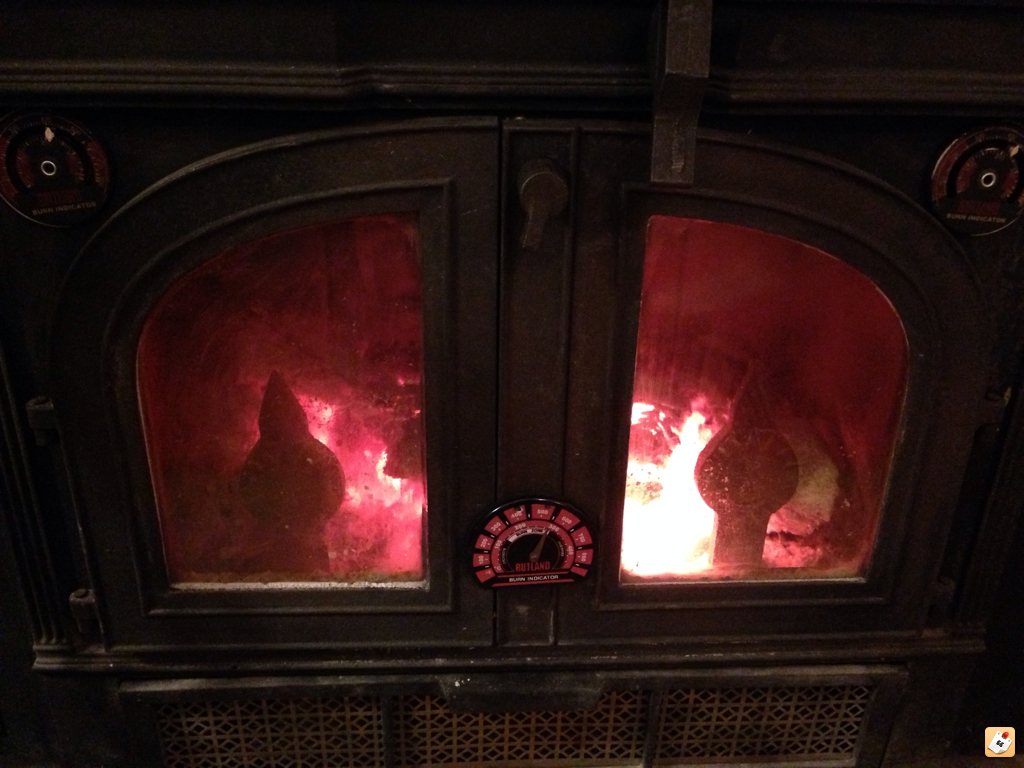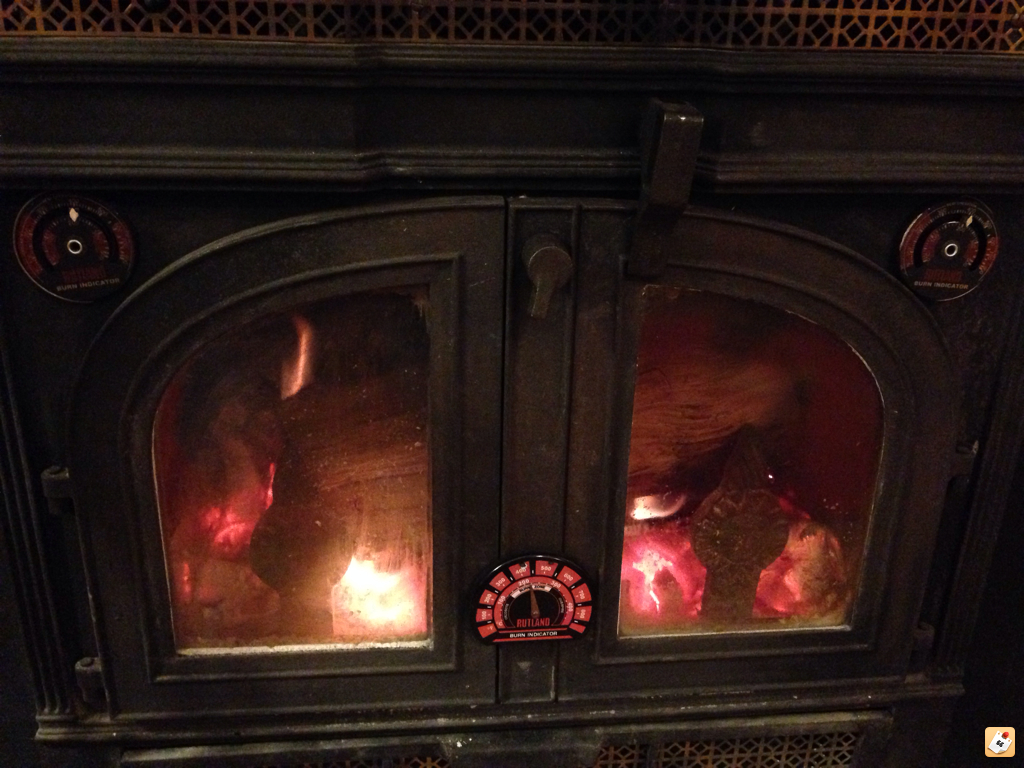I am always confused when people complain about too many coals. Reading through this I think I finally figured it out, there's got to either be not enough air or the wood is too wet to burn all the way down. I only get black charcoal in my stove when I have a single large log (not a split) that charcoals around the outside not getting enough heat to the core, or the split is too wet. Generally I aim to get as many coals in my stove as possible because that is serious heat. Red coals on red coals is pure heat for me. When they are air starved by ashes, they stop burning (or if they are wet).
So I think the main problem is your wood is wet.
I have found that when the temps are about to drop to 400 F on the stove face (above the doors) it is time to reload. My manual says to aim for stove temps in that location between 400 and 800 F. It's a thick all cast old stove. Conveniently it has a thermostatically controlled air intake that automatically dampers down when the stove gets hot. I find myself keeping the air intake as wide open as possible at almost all times. I can see it isn't wide open (even sometimes fully shut) when it gets really hot (700+).
Now what do I do if I'm having a hard time getting temps up and I have a bet of charcoal?
1) clean out the ash pan (into a metal ash can I keep outside)
2) load something combustible and dry on the coals (not another wet split)
3) open the draft wide open for max air flow.
4) if I have to, shut the air intake and doors and force the air to come into the stove via the (emptied) open ash tray above the ash pan. This gets lots of air on the coals and runs the air and flames to the combustible wood on top. If I can get it got enough, and it gets going, I will even shut damper that forces the exhaust through the afterburner. The problem with letting air in through the ash pan is that it burns down the coals really fast, and doesn't make a sustainable fire. You need hot coals for a long sustainable fire.
How hot is the stove when you come down in the morning? If below 300 F, in my opinion, you don't really still have a fire going, just coals that can be handy to start a new fire.
I have found that it is best to season my own wood and never trust anyone who tells you the wood they are delivering is seasoned. I like to season it for at least one full summer, ideally longer. I am burning the black locust that was cut down this past spring, but locust seems to be dry enough to burn when it is first cut even. It burns long and hot.
These are my coals, and it's been nothing but coals for about an hour, but it is just now getting down to 400 F on the left side. So it is time to throw in another full load.

So I think the main problem is your wood is wet.
I have found that when the temps are about to drop to 400 F on the stove face (above the doors) it is time to reload. My manual says to aim for stove temps in that location between 400 and 800 F. It's a thick all cast old stove. Conveniently it has a thermostatically controlled air intake that automatically dampers down when the stove gets hot. I find myself keeping the air intake as wide open as possible at almost all times. I can see it isn't wide open (even sometimes fully shut) when it gets really hot (700+).
Now what do I do if I'm having a hard time getting temps up and I have a bet of charcoal?
1) clean out the ash pan (into a metal ash can I keep outside)
2) load something combustible and dry on the coals (not another wet split)
3) open the draft wide open for max air flow.
4) if I have to, shut the air intake and doors and force the air to come into the stove via the (emptied) open ash tray above the ash pan. This gets lots of air on the coals and runs the air and flames to the combustible wood on top. If I can get it got enough, and it gets going, I will even shut damper that forces the exhaust through the afterburner. The problem with letting air in through the ash pan is that it burns down the coals really fast, and doesn't make a sustainable fire. You need hot coals for a long sustainable fire.
How hot is the stove when you come down in the morning? If below 300 F, in my opinion, you don't really still have a fire going, just coals that can be handy to start a new fire.
I have found that it is best to season my own wood and never trust anyone who tells you the wood they are delivering is seasoned. I like to season it for at least one full summer, ideally longer. I am burning the black locust that was cut down this past spring, but locust seems to be dry enough to burn when it is first cut even. It burns long and hot.
These are my coals, and it's been nothing but coals for about an hour, but it is just now getting down to 400 F on the left side. So it is time to throw in another full load.





